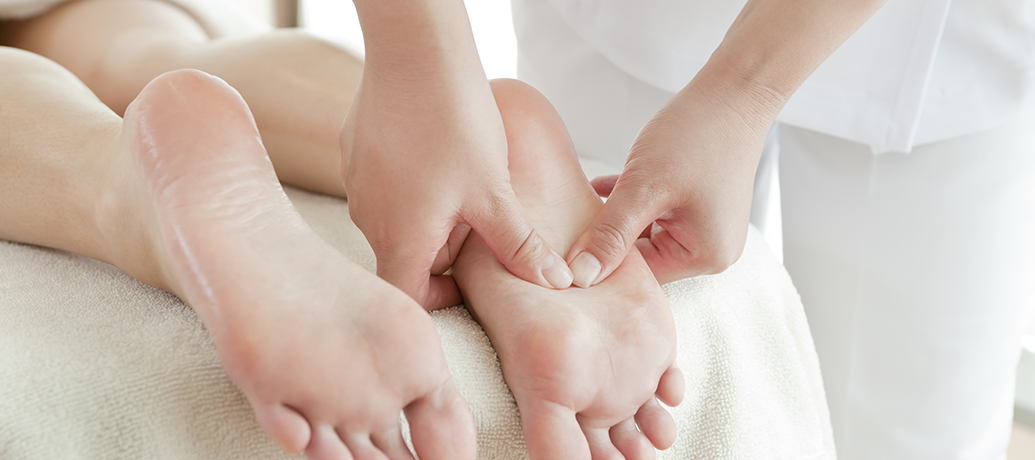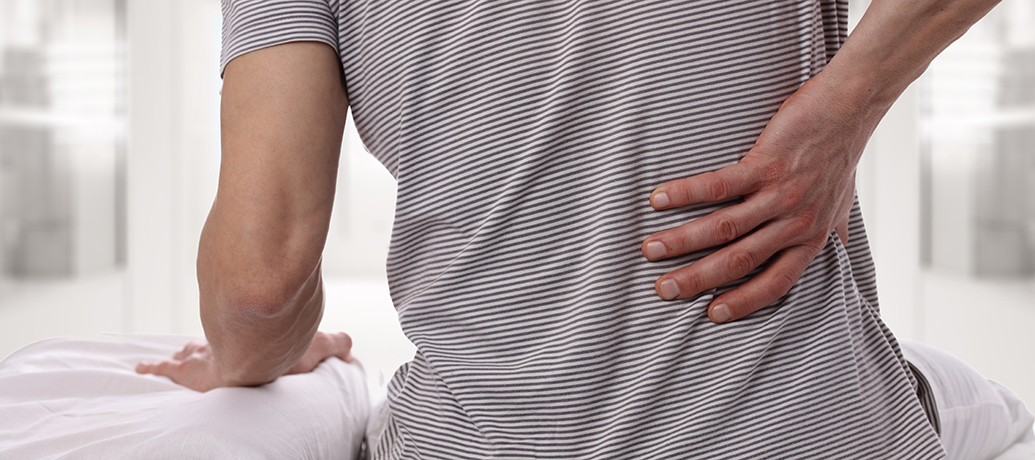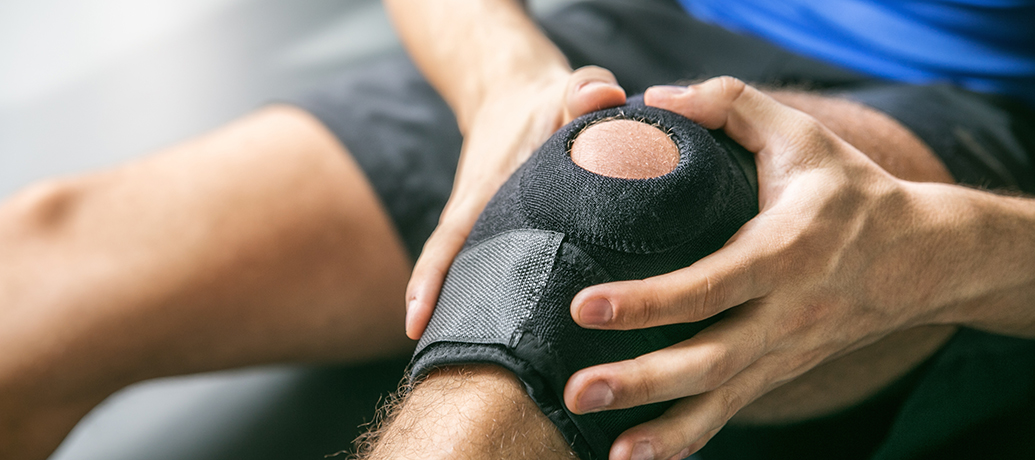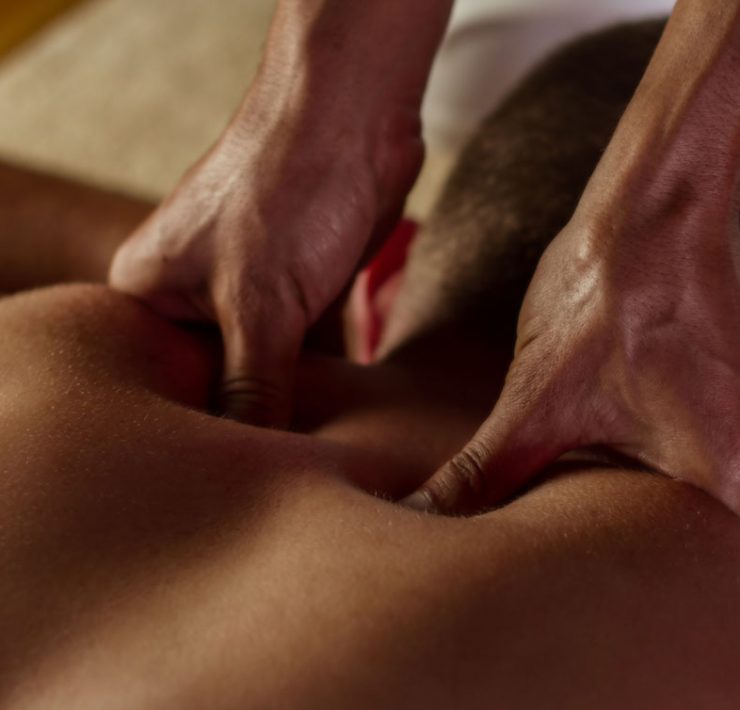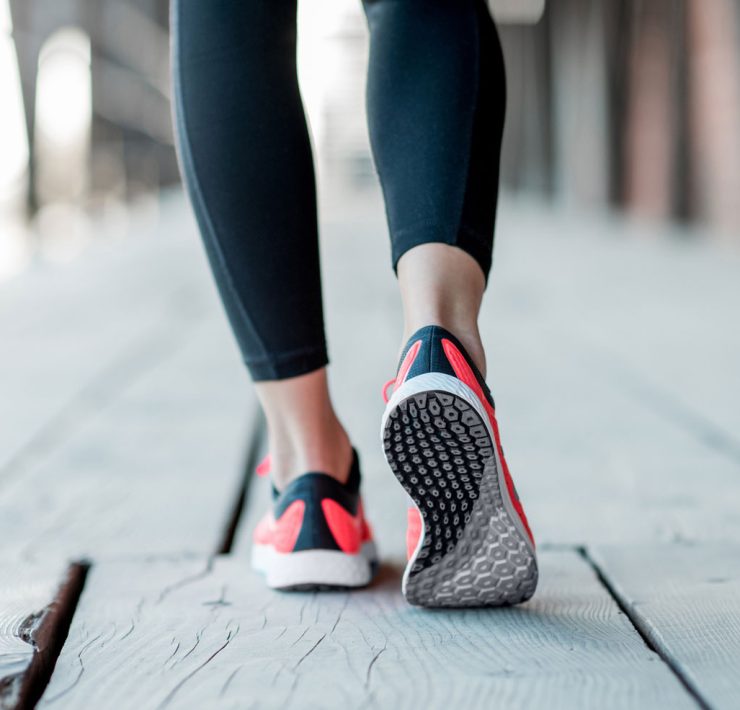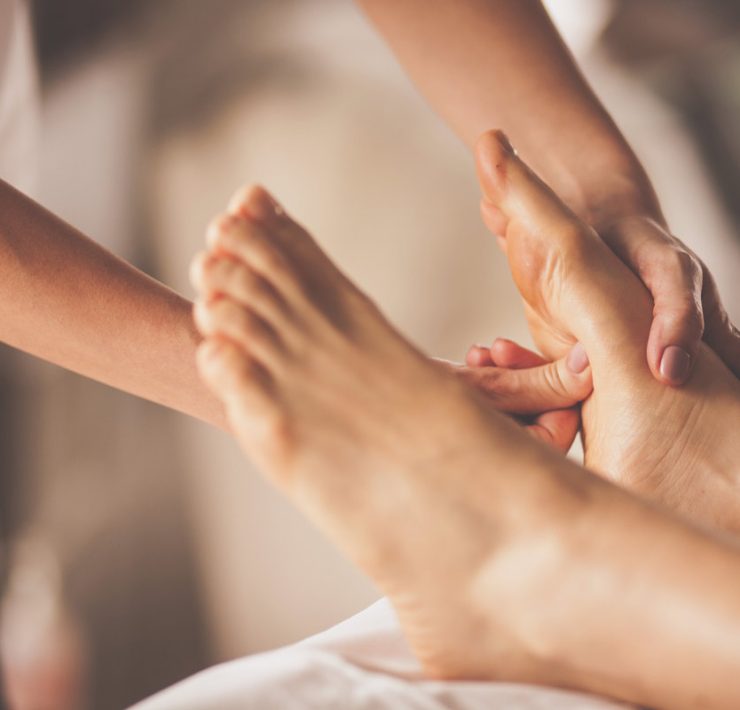Reflexology is the science and art of applying pressure to the feet (and sometimes the hands and ears) to affect other parts of the body. There are “reflex points” in your feet that correspond to every organ, structure, joint, and muscle in the body.
The “science” part of reflexology means that a trained and skilled practitioner knows exactly where, for how long, and with how much pressure to work on certain areas of the foot. The “art” is the practitioner’s experience and intuition in balancing contributing factors involved in some issues, such as working on the digestive system to lessen or eliminate headaches. Reflexology is doing something right – it’s been practiced for over 4,000 years.
Why is reflexology so useful?
- Reflexology, because it affects multiple systems of the body, can help stabilize your mood, focus, and energy level. A good foot reflexology session calms you, improves your mood, restores your reserves, and helps you rest. It’s important for massage therapists to use different techniques and strokes throughout your massage as they work on muscles, joints, and fascia because our nervous systems can stop “paying attention” to repetitive input. Adding foot reflexology to your massage causes your nervous system to create new pathways to process different touch stimuli in a positive way.
- Speaking of your nervous system, it has only two speeds: sympathetic (stress) and parasympathetic (relaxation). While massage is generally used to put us in the relax/restore mode, some intense forms of massage – such as sports massage or deep tissue massage – can activate the stress mode. Adding reflexology help counteract the stress and may lessen post-massage discomfort.
- Foot reflexology can enhance creativity and mental focus. Reflexology can quickly put your nervous system (and brain waves) into the alpha state. Sometimes called “the zone,” this state of awareness is the result of slower brain waves and is associated with powerful mental insights, connections, creative ideas, and problem-solving. Even fifteen minutes of reflexology can be enough to reach the alpha state.
- Feet reflect the entire body. Picture your two feet together, looking at the soles. The toes are the head, the widest part of the feet are the shoulders, they taper to a waist, have a lumbar curve at the deepest part of the arch, and finish at the bottom with, well, a bottom. Now picture your massage therapist cradling your two feet together and giving them an incredible massage that affects every part of your body.
- In an average day your feet are probably enclosed in uncomfortable shoes, pressed on hard surfaces and, unless they hurt, are probably not uppermost in your mind. Adding reflexology to your massage is a way of saying “thank you for your hard work” to your long-suffering feet.
- Your feet are engineering marvels, containing 25% of all the bones in your body, dozens of muscles and joints, thousands of nerve endings, and multiple arches that all work together to support, balance, and propel your body. If you think about it, a quarter of all massages should focus on feet.
Finding the right reflexologist
Reflexology – as opposed to “foot massage” – is a complex skill that requires anywhere from 100 to 200 hours of education to practice competently. Many massage therapy schools offer a brief course on the basics, but students who wants to offer it as a specialty will go on to study at reflexology-specific courses or organizations Many of these courses also offer training in hand and ear reflexology. These options are used in cases where work on the feet is contraindicated (e.g. severe diabetic neuropathy) or can’t be worked on, as may be the case with amputees.
States that require massage therapists to be licensed usually lump reflexology in with traditional massage techniques, and practitioners must have a massage license (this is the case in New York, Florida, and Texas, for example). In states that have no licensing for massage therapists, such as Wyoming, Kansas, and Minnesota, the practice of Reflexology is mostly unregulated. There are a few states (Colorado and California) in which massage is regulated by local governments, and may or may not require proof of reflexology competence. There are several organizations that certify reflexology practitioners separately from any state credentialing (like the American Reflexology Certification Board and Reflexology Association of America).
Reflexology is ideal for targeting stress-related conditions such as insomnia, recurring headaches, muscle tension, and fatigue. However, there are countless scientific studies that cite Reflexology as responsible for complete alleviation of things like gallbladder pain, PMS, and the effects of chemotherapy.
Would you like to add reflexology to your next massage? At Zeel, just tell us – add “reflexology” in the notes field of the massage app when booking with Zeel. Reflexology can be added to any Zeel massage technique, and it’s always included in sleep massage, because of its powers of relaxation. Finally, reflexology at home is ideal – because you won’t have to walk around after getting your massage and re-stress your feet.
Marcy is the SVP of People and Communications at Zeel. In addition to overseeing the humans of Zeel, Marcy has written about workplace topics for more than 20 years both at Zeel and as VP of Content for Vault.com, a career information web site and publisher.

